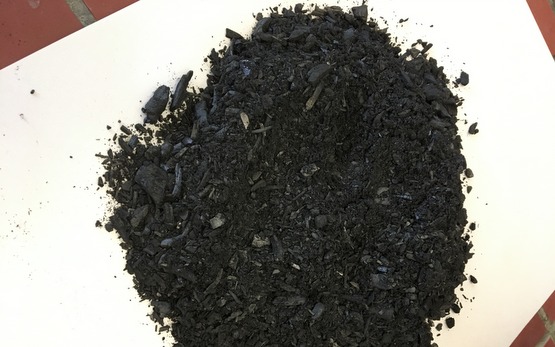Soil organic carbon sequestration potential of agricultural soils in Europe
Soil organic carbon sequestration potential of agricultural soils in Europe (CarboSeq)
Organic carbon in agricultural soils reacts sensitively to management measures such as crop rotation, catch crops or the addition of organic fertilisers and biochar. The resulting potential for a CO2 sink is being investigated in the Carboseq project.
For grassland and cropland, existing long-term experiments in the participating countries are being used to analyse how certain forms of cultivation affect the carbon content of the soils. The focus here is on e.g. the degradability of different organic fertilisers, the amount of roots of the different crops, and on agroforestry. Particular attention is paid to the stability of biochar, a product created by the thermal treatment of organic matter.
In addition to typical management factors, there are site characteristics that influence carbon storage in agricultural soils. Specifically, these include the water balance, the presence of groundwater or stagnant water, and subsoil conditions. This module estimates the impact of these characteristics on soil sequestration potential.
Because management measures are usually studied in long-term trials or via laboratory experiments, the only information available is usually selective in nature. To obtain an estimate for Europe, these results must be represented via mathematical models and then scaled up. This also requires the associated land-use information. The CarboSeq synthesis collates these elements to obtain a Europe-wide map of sequestration potentials.
Participating organisations
- Thünen
- Agroscope
- INRAE
- WR
- BIOS
- EV-ILVO CRAW
- CZU
- AU
- EMU
- LUKE
- ATK
- TEAGAS
- CREA
- LAMMC
- NIBIO
- IUNG
- INIAV
- NPPC
- ULBF
- INIA
- SLU
- TAGEM
- AFBI






